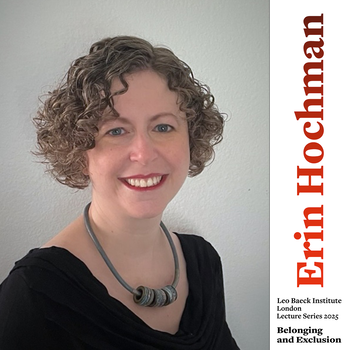Welcome to the Leo Baeck Institute London's research page. We have a long history of supporting academic research, including PhD projects, postdoctoral fellowships, and research fellowships. Our research also includes web-based projects, such as our Snapshots series. This page provides information on our current and past research activities.
Sally Bein (1881–1942) served for many years as head and teacher of the Israelite Educational Institute in Beelitz, near Berlin, a pioneering establishment for children with intellectual or physical disabilities. Under his leadership, the school became a respected centre of therapeutic pedagogy, combining care, education, and vocational training. In 1942, Bein, together with his wife and the remaining pupils, was deported to Sobibor and murdered.
Tatjana Matanya Ruge works at a Jewish private school in Berlin. Since 2009, she has been researching the history of the Beelitz institute with her partner, Ronny M. Dotan. Together with Andreas Paetz, they published a short monograph on the institution and its director with Hentrich & Hentrich. Ruge and Dotan also organised the relocation of a Holocaust-era railway carriage to Netanya, Israel, where it now serves as a memorial site.
Lutz Vössing spoke with…
more































